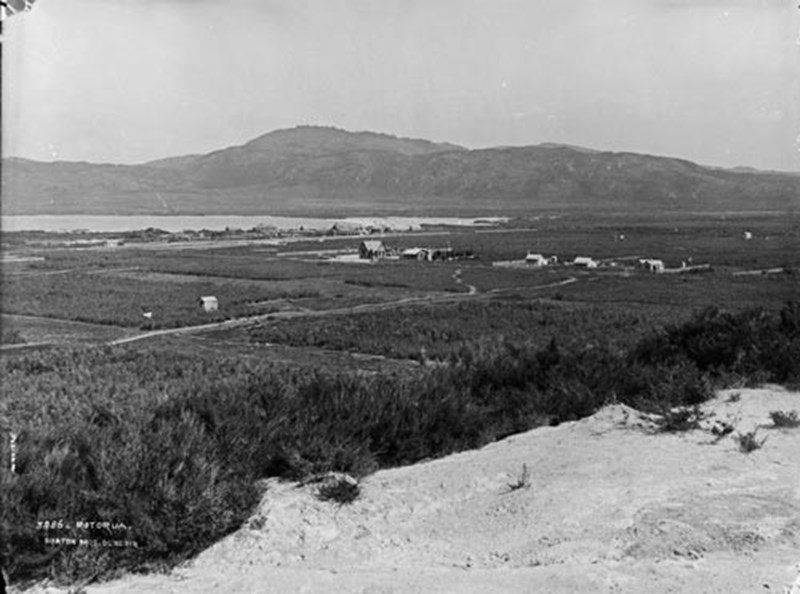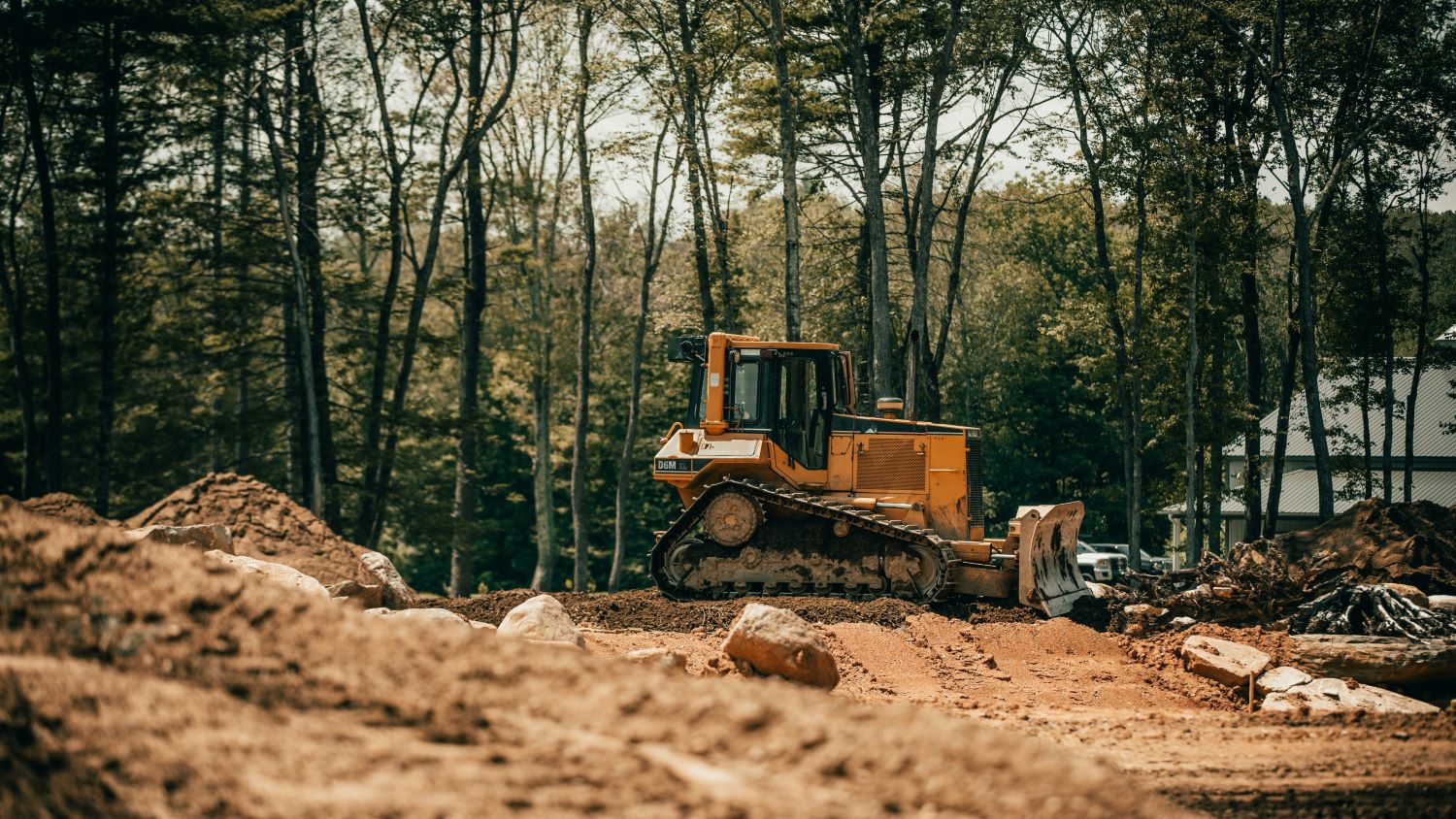Tourism Gateway
The “Thermal Springs District” has always been a tourism hotspot.
In the 1870’s the Government sought to gain access to land in the District. Its vision was to create a township that would be the gateway to a thermal wonderland including the world-renowned Pink and White Terraces.
The Contract
In 1880, 295 members of Ngati Whakaue entered into a contract with the Crown to set aside land so that this vision could materialize.
The contract became known as the “Fenton Agreement” after Native Land Court Judge Francis Dart Fenton. Fenton negotiated with the original owners and entered into the contract on behalf of the Crown. The Thermal Springs District Act 1881 ratified the contract.
The concept was that:
- Ngati Whakaue would gift land to the Crown for recreation, sanatoriums, railways, hospitals and other amenities
- The Crown would control the thermal waters
- Maori would retain ownership of their land and receive perpetual income through 99-year leases.
The total area of land included in the new township was around 12 square kilometres. It ran from the “west end of Te Pukeroa to Puarenga Stream and from Lake Rotorua up to the mountains, excluding the native village of Ohinemutu”.
Contract Breached
Following the Tarawera eruption in 1886, tourism naturally declined. So too did the Rotorua economy, and many leaseholders defaulted. The system contemplated by the Fenton Agreement failed. This put Maori into a position of relative weakness.
In the early 1890’s the Crown compulsorily purchased the leasehold land. This was a breach of the Crown’s obligations under the Fenton Agreement.
Settlement
It was not until 1993, that the people of Ngati Whakaue reached an agreement with the Crown to settle their contract grievance (known as Claim WAI 94).
As part of the Settlement Agreement, the Crown agreed to a process whereby it would return the gifted lands that were no longer required for their original use. The Crown transferred ownership of the railway reserves to Pukeroa Oruawhata Trust (the entity mandated to receive the reserves back on behalf of Ngati Whakaue).
Development
The first of these was the former railway station and marshalling yards where Rotorua Central Mall is now located. Trade Central is also established on former railway reserve.
Protocol for Excluded Reserves
A considerable area of land gifted to the Crown for reserve purposes under the Fenton Agreement was not included in the 1993 Settlement Agreement. Kuirau Park, the Rotorua Public Cemetery and Government Gardens are a few examples of excluded reserves.
In 1996, Rotorua Lakes Council and Pukeroa Oruawhata Trust agreed to protocol for the use and management of the excluded reserves. This protocol requires Council to obtain the consent in writing of Pukeroa Oruawhata Trust before it changes the status of the excluded reserves or takes steps to dispose of them. If the excluded reserves cease to be used for their original purpose then they should be returned to Pukeroa Oruawhata Trust (unless there is agreement otherwise).
Pukeroa Oruawhata Trust Today
Pukeroa Oruawhata Trust continues to play a leading role in shaping Rotorua into a vibrant destination city and a great place to live. Holland Beckett Law is proud to partner the Trust and its related entities on this journey.



